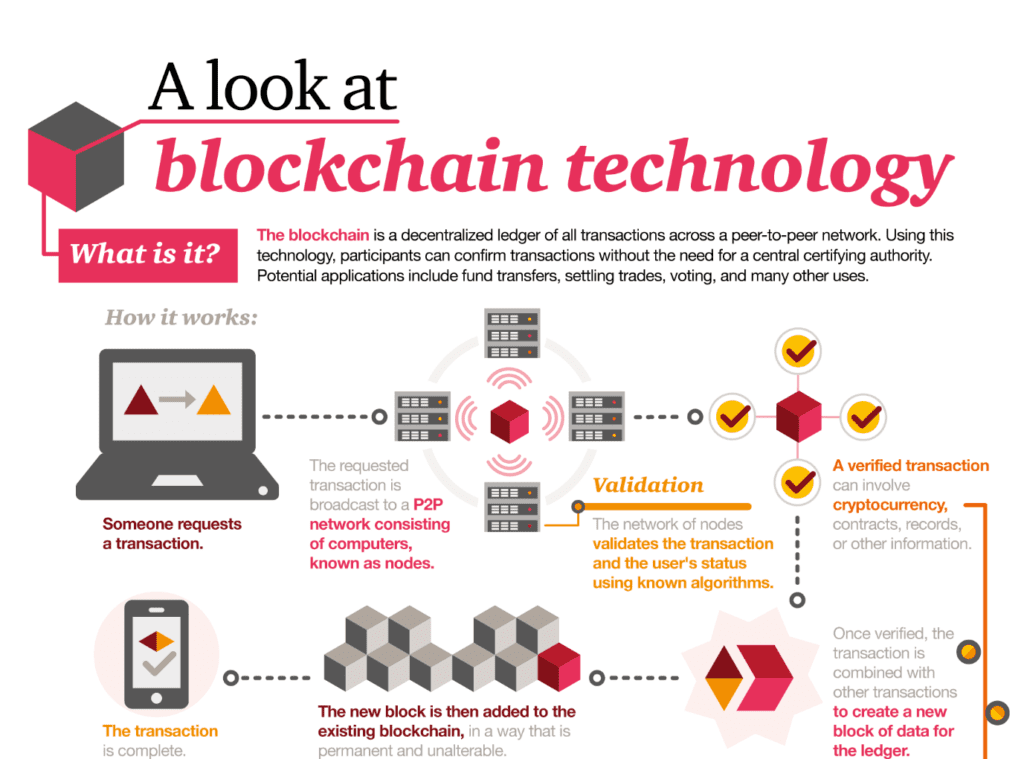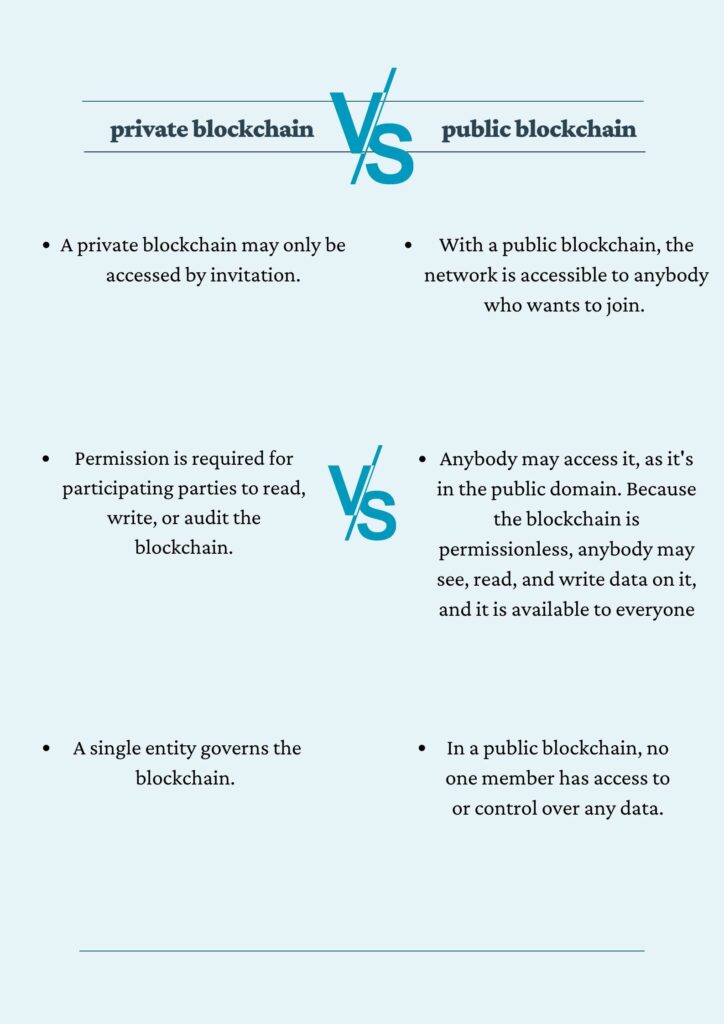Everybody is talking about blockchain, but what is blockchain, and why has it affected all financial systems? In this blog, I will try to explain What is Blockchain in plain English. In a way, this blog’s title could be “blockchain for dummies.”
If you have an interest in the economy, investment, or cryptocurrency, you probably have heard the word “blockchain.” For many people, blockchain is the real invention besides bitcoin. Especially after 2017, big companies have started to use blockchain technology in their business.
What is blockchain technology, and how does it work?
When you buy something and use your credit card, your bank’s computer records this shopping and money transaction to their database, in this way, your bank sends some of your money to the store where you are shopping.
Similarly, blockchain records cryptocurrency transactions. However, they only record the transactions made on their cryptocurrency. If you buy some bitcoin, the bitcoin blockchain records this transaction.

In a nutshell, we can say blockchain is a specific type of database.
A blockchain consists of blocks. In bitcoin, every 10 minutes, a block adds to the blockchain. A block has the records of 10 minutes transactions. When a block is added to the blockchain, it is challenging to change the information. Why? I can explain in a very simple way.
Power of blockchain: What is Blockchain in plain English?
At the end of Fight Club, David Fincher’s 1999 movie, Helena Bonham Carter and Edward Norton’s characters look at the window and see many buildings exploding. These buildings belong to the banks and their servers in the buildings. The idea is to erase all the debts.
Theoretically, it is a correct idea. Banks, a central bank, and other financial services keep their files in one place. If someone hacks the bank, your records also will change.
A blockchain, on the other hand, is replicated across multiple computers in its entirety. This means that no single person or entity (such as a company or government) has authority over the content of the files, i.e., blocks or blockchain.
What is a block in blockchain?
As I said, a block keeps records. Miners verify 1 MB (megabyte) worth of Bitcoin transactions, known as a “block.” When they verify the transactions, they add the block to the blockchain. However, verification of a block is a hard job.
To create a new block, miners must go through a process to solve a math problem. When finding a valid solution for the network, a new block can be taken for granted and added to the blockchain by consensus.
Miners select some transactions for their block. Then, they try to find a nonce. The nonce is less than or equal to the one used in the previous block accepted by the blockchain network. Only after finding the correct nonce, miners can add the block to the blockchain. Bitcoin uses the SHA-256 hash algorithm. This algorithm generates verifiably random numbers in a way that requires a predictable amount of computer processing power.
A cryptographic hash function should not take a long time to get from input to output. For bitcoin, this takes 10 minutes.
In a solid example, all miners have millions of keys. They try to find the correct key before anyone else, and they have only ten minutes. If someone asks, “What is a nonce in blockchain?” you can say that “it is the correct number for adding a block to the blockchain.
The difficulty of finding a nonce gets more complex over time. The Bitcoin algorithm is programmed to self-adjust the difficulty level 2,016 blocks, or about every two weeks, to maintain a target block time of 10 minutes.
Blockchain in other areas: What is Blockchain in plain English?
Many people think that blockchain only works for cryptocurrency. However, you can use blockchain technology also in different areas.
Blockchain records information. Smart contracts are one of the most promising applications of blockchain technology. These contracts are computer programs that can oversee all aspects of an agreement between parties, from facilitation to execution.
Many companies depend on having robust supply chains. Blockchain technology works as a tool to keep supply chains under control and efficient.
For example, in late January 2020, it was announced that Ford Motor Company is preparing to utilize Blockchain to trace cobalt supplies. Ford, with IBM, plans to track its raw materials like cobalt from the suppliers. Using blockchain, the motor company wants to ensure that they get an authentic product to maintain its quality. When cobalt is mined, it will get on the ledger, and then the company can track where it’s going from there.
In this example, cobalt is a digital asset. Digital assets in capital markets are assets issued and transferred using blockchain.
Public blockchain vs private blockchain
Almost all cryptocurrencies and some firms use blockchain technology. Because of the increase in the use of blockchain technology, two types of blockchain have emerged: public blockchain and private blockchain.
Anyone may view and write to the ledger in a public blockchain. But you can’t change anything once it’s on the ledger. In a private blockchain, however, only one company may view and write to the ledger. More so, people can write only a handful of nodes on the ledger.

Ethereum blockchain, bitcoin blockchain, doge blockchain are examples of a public blockchain. Monero blockchain, Zcash blockchain, DASH blockchain, Verge blockchain are examples of private blockchain.
What do you think about blockchain? Do you want to track products through the supply chain by using blockchain? Please tell me your ideas about blockchain.
